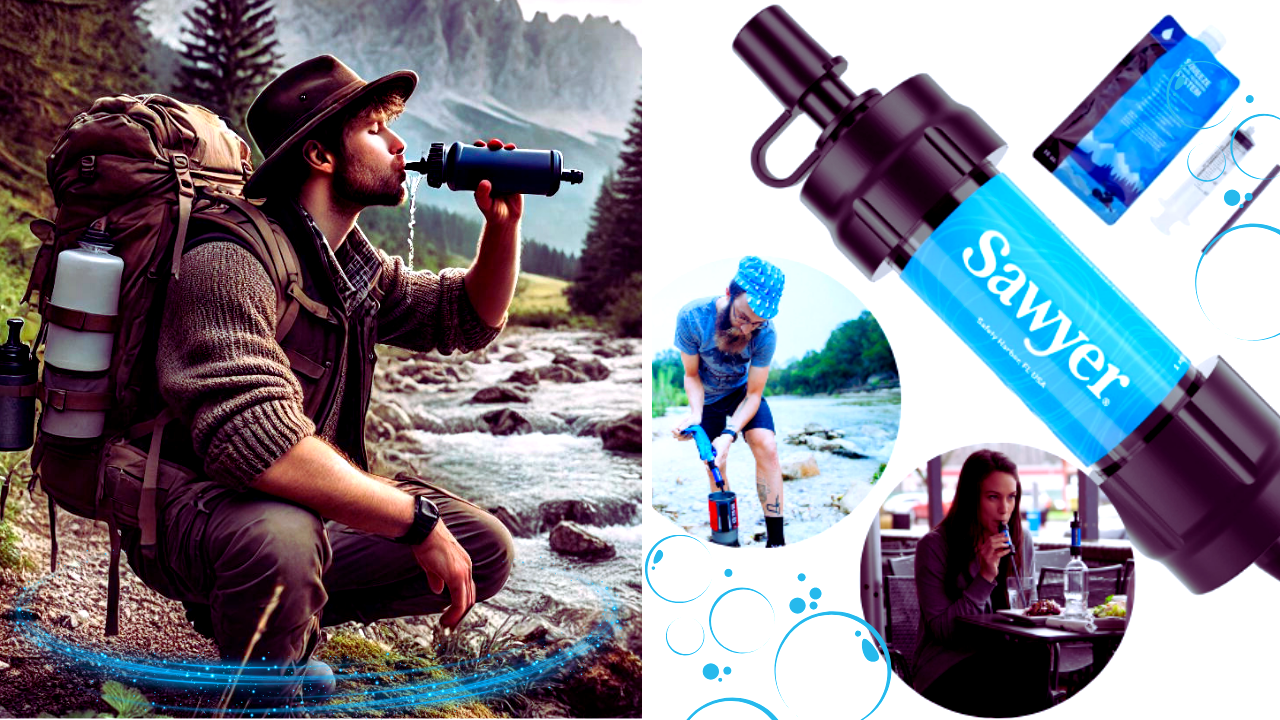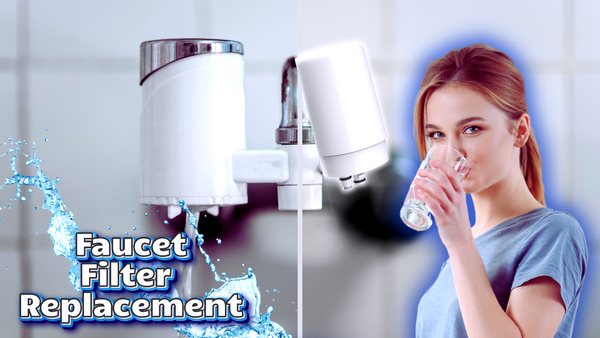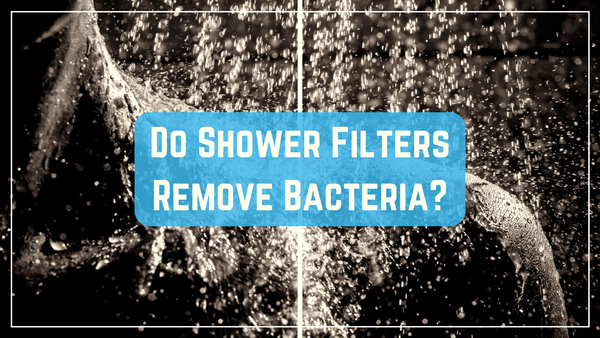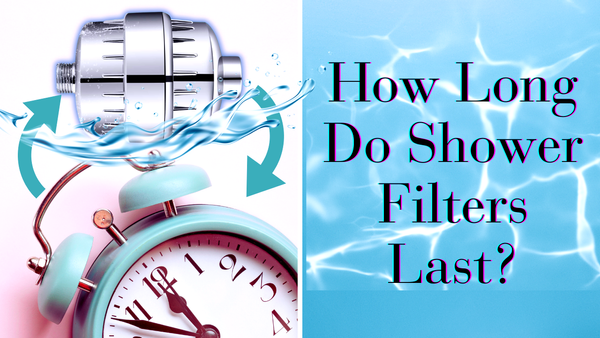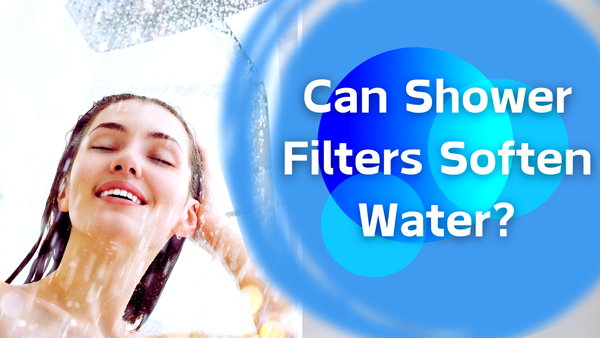Key Takeaways:
- Cleaning a portable water filter is a 3 step process: backflush, sanitize, dry.
- Different manufacturers have slightly different procedures, so always check your filter’s manual.
- Regular maintenance means a high flow rate and clean drinking water, even in the backcountry.
Portable water filters are essential for adventurers and travelers who need access to clean drinking water in remote areas. But these filters need regular cleaning and maintenance to work. This article will show you how to clean a portable water filter so it’s ready for your next adventure.
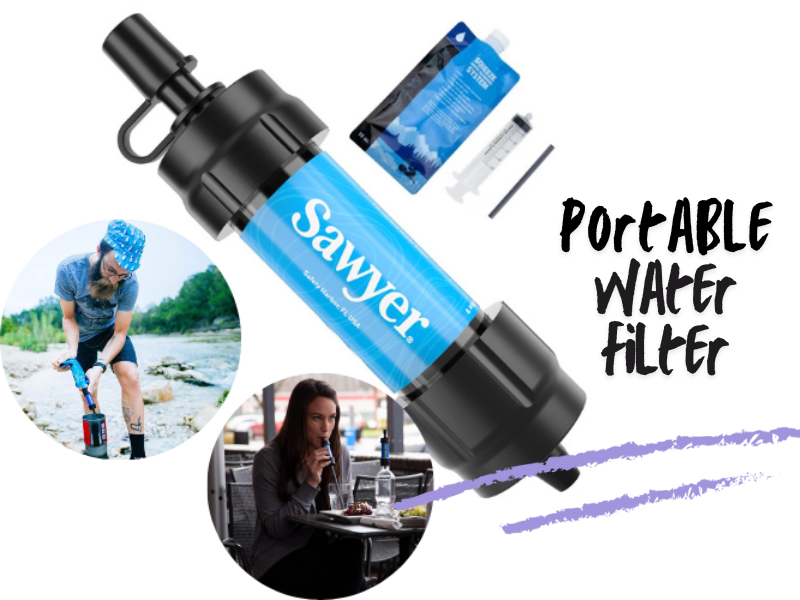
Understanding Your Portable Water Filter
Portable water filters come in many designs, but they all do the same thing: remove contaminants from water so you can drink it. These filters are part of a larger filtering system designed to remove various contaminants and impurities from water. The internal filter element is the system’s heart, trapping dirt, bacteria, and other impurities. Over time, this element can get clogged, reducing the flow rate and the effectiveness of the filter. Different manufacturers have slightly different procedures for cleaning their filters. Check your filter’s manual for specific instructions. However, the general process is the same for most models.
Why Regular Cleaning is Important
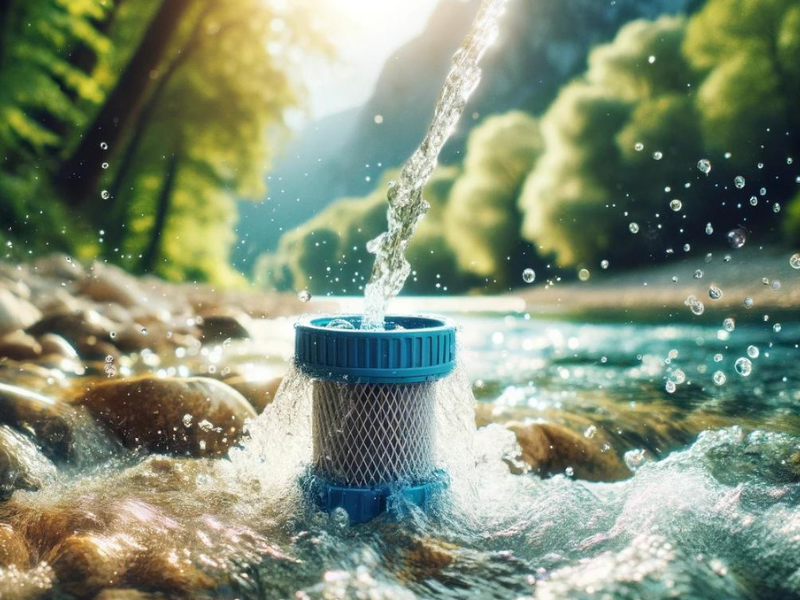
Regular cleaning of your portable water filter is crucial for maintaining its performance. A dirty filter can slow down the flow rate, making it harder to get clean water. In extreme cases, a clogged filter can fail to remove contaminants, putting you at risk of drinking contaminated water. Cleaning your filter after each use, especially when filtering dirty water, ensures it remains effective. This practice is particularly important for many backcountry water filters, which often deal with higher impurities.
The 3-Step Process
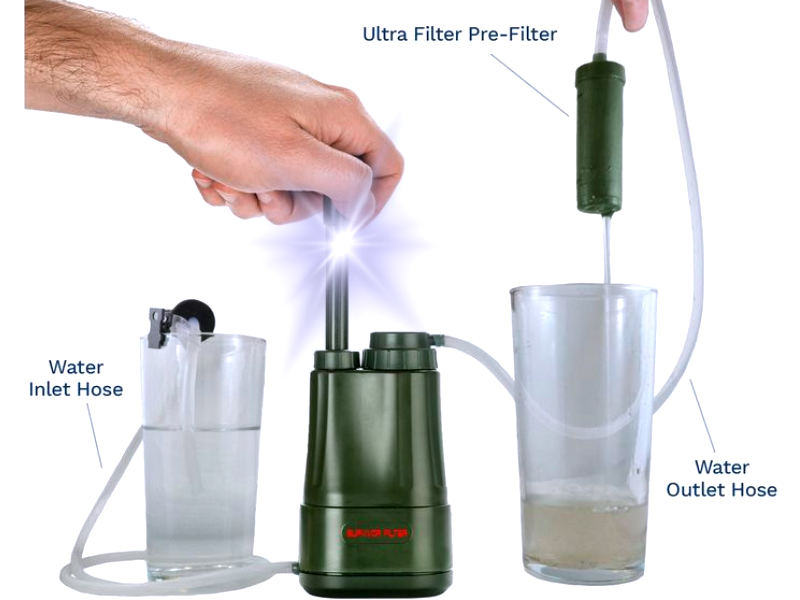
Step 1: Backflush
Backflushing is forcing clean water through the filter in the opposite direction of the normal direction of flow. This dislodges and removes trapped particles from the filter element. To backflush your filter you’ll need a clean water source and a way to create extra pressure, such as a syringe or squeeze bottle. Fill the syringe or bottle with clean water and attach it to the filter’s output. Force the water through the filter in the opposite direction of normal use. Repeat several times until the water runs clear.
Step 2: Sanitize with a Diluted Bleach Solution
Sanitizing your filter involves using a diluted bleach solution to kill any microorganisms inside the filter. Mix one capful of fragrance-free bleach with a liter of clean water. Pour this solution into the filter’s input and let it sit for 30 minutes. After the bleach solution has done its job, rinse the filter thoroughly with clean water to remove any remaining bleach. This step is important so the water you filter in the future is safe to drink.
Step 3: Dry
Drying your filter is important to prevent mold and bacteria growth during storage. Shake out as much water as you can from the filter and let it air dry in a well-ventilated area. Some filters can be disassembled to speed up the drying process. Make sure the filter is completely dry before storing. This is especially important if you won’t use the filter for an extended period, like during winter.
Filter Housing
The filter housing, which houses the filter element, also needs to be cleaned. Rinse with clean water to remove dirt or debris. For a deeper clean, use a diluted bleach solution or warm water and baking soda. Make sure the housing is dry before reassembling the filter. Any remaining moisture can cause mold or bacteria growth.
Flow Rate
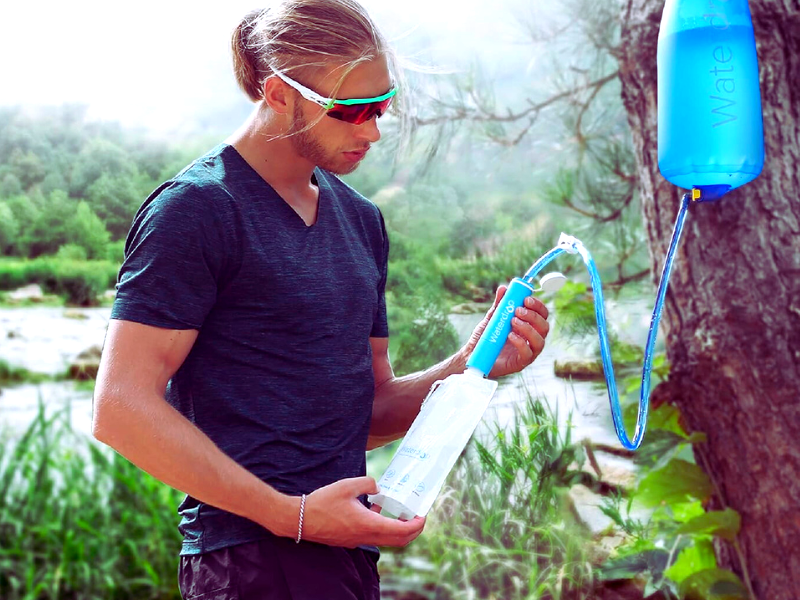
A high filter's flow rate is important for efficient water filtration. If your filter’s flow rate is slow it may be due to a clogged filter element. Backflushing can help maintain the filter's flow rate by unclogging debris and contaminants, but if the problem persists it’s time to replace the filter element. Check your filter’s manual for replacement intervals for the filter element. Some filters, like those with a carbon filter, need more frequent replacements.
Storing Your Filter
Proper storage of your portable water filter is key to its life. After cleaning and drying the filter store it in a clean dry place. Do not store the filter in a sealed container as this can trap moisture and promote mold growth. If you’re storing the filter for an extended period, like off-season, consider adding a small packet of silica gel to the storage container to absorb any remaining moisture.
Common Problems
Slow Flow
If your filter’s flow rate is slow, try backflushing to remove any particles stuck in the filter. If that doesn’t work, the filter element may be clogged and must be replaced.
Bad Taste or Odor
If your filtered water tastes or smells bad, it may be due to the remaining contaminants in the filter. Sanitizing the filter with a diluted bleach solution can remove these contaminants.
Leaks
Leaks can occur if the filter housing is not sealed correctly. Check the housing for cracks or damage and ensure all connections are tight.
Case Study: Cleaning a Sawyer Mini Filter
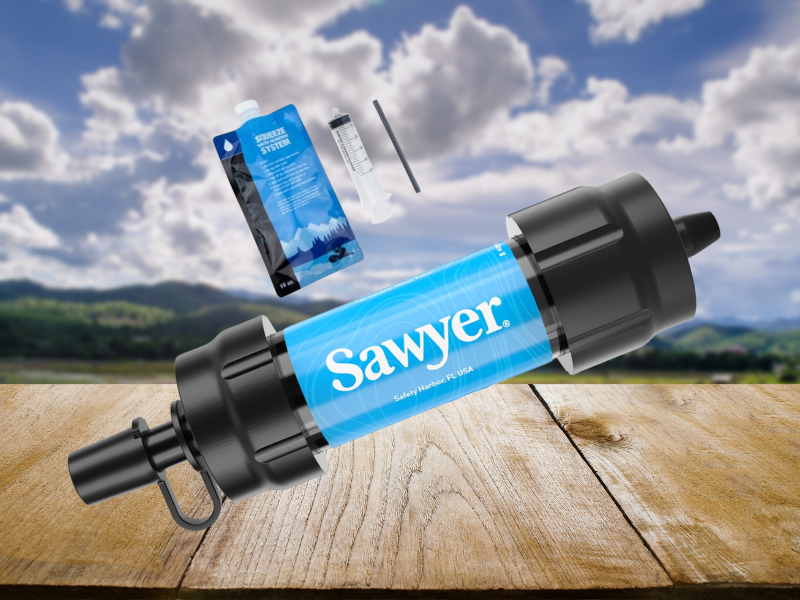
The Sawyer Mini Water Filter is a favorite among backpackers due to its size and flow rate, making it an ideal backcountry water filter. But like all filters, it needs to be cleaned regularly. After a recent trip, John noticed the Sawyer Mini’s flow rate was prolonged. He followed the manufacturer’s instructions for backflushing and used a syringe to force clean water through the filter in the reverse direction. After several backflushes, the flow rate improved.
John then sanitized the filter by soaking it in a diluted bleach solution for 30 minutes. After rinsing the filter thoroughly, he let it air dry and stored it in a clean, dry place. Now, the Sawyer Mini was ready for its next adventure.
Conclusion
Cleaning a portable water filter is a simple backflushing process, as well as sanitizing and drying. Regular maintenance will keep your filter working and give you clean drinking water in the backcountry. Always refer to your filter’s manual for specific instructions and follow the manufacturer’s guidelines for cleaning and maintenance. For more tips and updates, subscribe to our newsletter today!
FAQs
How often should I clean my portable water filter?
Clean your portable water filter after every use, especially if you’ve filtered dirty water. Regular cleaning will maintain the filter’s flow rate and effectiveness.
Can I use vinegar to clean my water filter?
Yes, distilled white vinegar can be used to clean your water filter. Mix equal parts vinegar and water and run it through the filter. Rinse with clean water afterward.
What if my filter’s flow rate doesn’t improve after cleaning?
If the flow rate doesn’t improve after backflushing and sanitizing, the filter element may be clogged. Replace the filter element. See your filter’s manual for replacement instructions.
